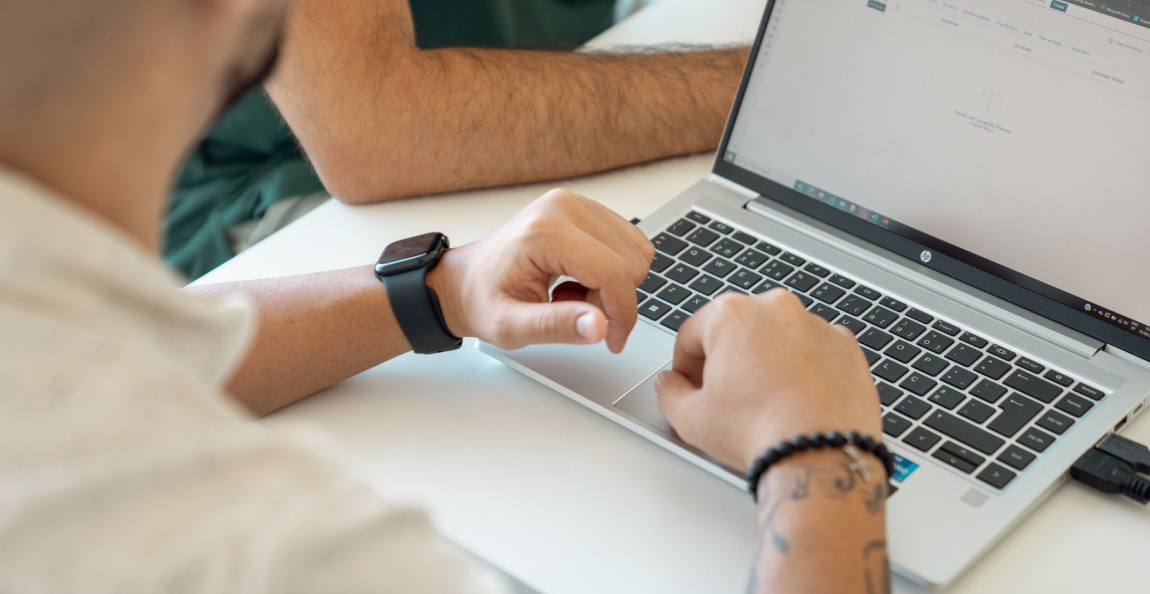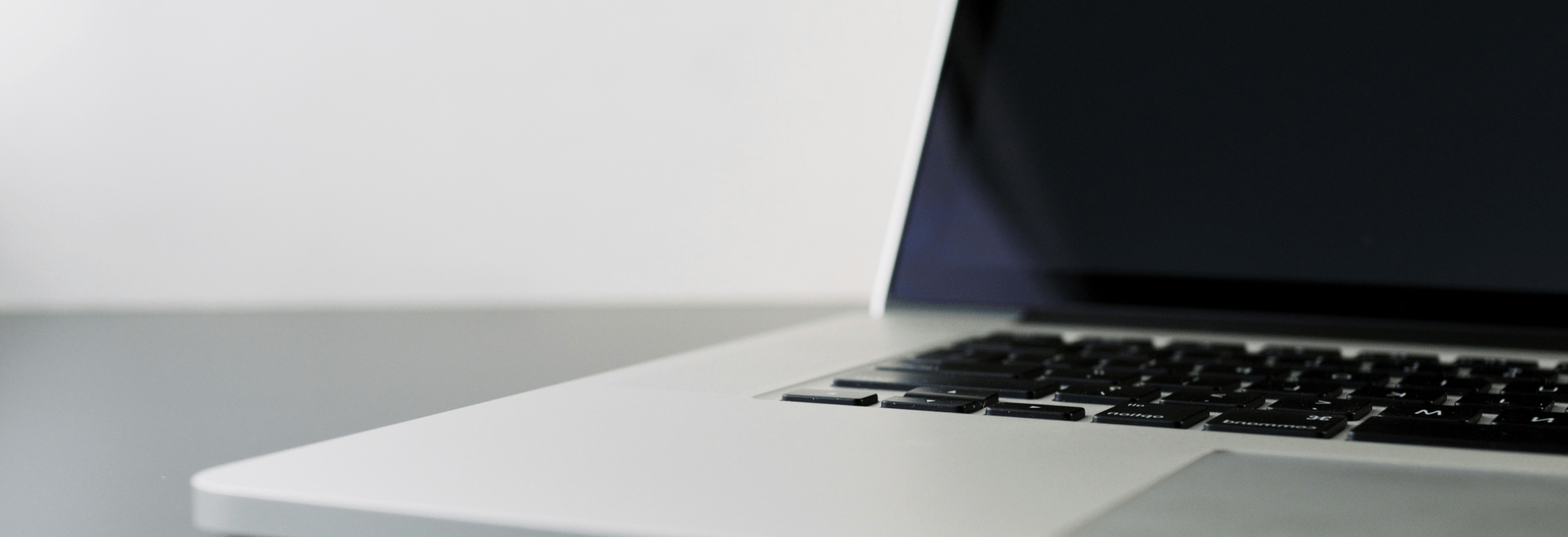From generative AI to light components,
these are 6 of the hottest UX/UI trends right now.
It used to be so simple. Building a great UX (short for “user experience”) or UI (for “user interface”) used to be about choosing the right visual elements, forms and buttons, set them in the place and try not to overburden users with questions you really did not need answered. Today, more competition, performance demands and groundbreaking advances in AI mean UX/UI can make or break any website or app, no matter how many great features they pack under the hood. On average, every $1 invested in UX/UI results in an ROI of between $2 and $100. After all, what is the point of having a killer-app if users can never really understand its full scope? Here is what we will cover:
- Generative AI in the design process
- Light components
- Design for accessibility
- VR & AR UI design
- Cross-platform design
- Minimalism
One key issue may be understating what even is UX/UI in the first place. Although frequently mashed together, they represent different elements. Simply put, user experience design (UX) is the process of planning the experience a person has when interacting with a product. The goal is to turn the use of products and services, both digital or physical, into something easy, logical, and all-round pleasant. On the other hand, user interface design (UI) creates the look and feel of a website or application, in other words, the graphical layout. The purpose is to make even the most complex apps visually appealing, using typography, colour palettes, buttons, animation, responsive design and other imagery to provide a smooth experience.
In short, a UX designer ensures that users find value in what is provided to them, and a UI designer provides consistency within a product’s visual look. However, they are both crucial when developing a product. As UX/UI trends are constantly changing, designers need to be on their toes to create high-quality and fully functioning products. Here are 6 UX/UI trends to look out for in 2023.
1. Generative AI in the design process
Artificial Intelligence (AI) has revolutionized the digital world, and is gunning for the design industry next. Generative AI uses machine learning to create unique designs based on user input, accelerating the design process. From logos to web designs, visuals can be crafted more quickly and efficiently. Looking beyond, we’re getting closer to generate User Interfaces automatically, or even predict UIs. Looks familiar? A sample of AI generated images (spoiler: none are real!)

Some of the most popular Adobe tools already support features that use generative AI technology. For example, “Puppet Warp” is a tool embedded in Photoshop to make significant alterations in images such as move an arm, correct a head tilt, lengthen legs, and completely re-shape objects and so on. Face-Aware Liquify, also in Photoshop, automatically detects facial features and helps you adjust them to enhance a portrait. These editing tool use AI to allow designers to complete their daily tasks faster. Take them a step further and it is not hard to imagine a custom interface for every website visitor. This is one of the UX/UI trends that is here to stay.
2. Light components
The rise of Lightning Web Components (LWC), an addition to the Salesforce Framework, is another UX/UI trend to look out for. It has proven to be a game changer, as it provides a richer and modern interface for its users, with the vital ingredient: flexibility. You can also style your components with SLDS (Salesforce Lightning Design system) which has a comprehensive design system, that follows modern web standards, taking advantage of custom elements, templates, modules and other language components already available to speed development and save time testing.
3. Design for accessibility
Accessibility is more than a trend, it is now mandatory in some regions – such as every country in the EU. The European Accessibility Act was purposely created to foster a more inclusive society, making technology accessible to everyone, including persons with disabilities or impairments, and the elderly. The new regulations promise to greatly impact the development of websites and apps.
For starters, a deeper understanding of UX/UI principles is needed to design for a wider range of users. Some of the best practices include using ALT text for images, closed captions and transcripts for video content, screen-reading options, and screen magnification. A new set of accessibility design standards and guidelines should be taken into account in every project.
4. VR & AR UI design
Virtual Reality (VR) and Augmented Reality (AR) are ripe to change the future of UX/UI design. With the Internet of Things, the flat and screen-oriented user experience is becoming more organic and authentic, as felt in the real world. This requires brand new graphical user interfaces that can overlay the AR or VR experience.
For instance, a VR website experience can induce a user to experience the same sense of motion as when driving a car. AR can be used to build environments that help clients understand how they would feel in a certain space, say a new home. Designing an extended reality, virtual and augmented, is a new and fascinating field.
5. Cross-platform design
Although this is not a new concept, many products do not yet provide a seamless user experience across multiple devices, such as desktop, mobile or tablet. But what even is a true cross-platform experience?
A cross-platform experience (also called platform-agnostic design) describes the user experience comparison across multiple devices, including Web, mobile, tablet, and wearables, besides operating systems like iOS, Android, Windows or Mac. The aim is to ensure end users can access the same features and complete tasks regardless of device or operating system. For example, the ability to make a payment from your bank account whether you use the bank’s web portal or mobile app. Cross-platform design is a broader concept than responsive design because it must consider web browsers, and operating systems, in addition to a user’s devices.
6. Minimalism
Minimalism has been a popular UX/UI trend for several years now, and it shows no signs of slowing down. Minimalism in design means removing unnecessary elements or content that doesn’t support user tasks, focusing on simple and straightforward components and flows. With fewer distractions, users can navigate through a clean and uncluttered look, easily absorbing and processing the information.
Flat design and negative space are some of the most used elements in minimalistic aesthetics. Google, Microsoft, and Apple pioneered this concept and, since then, it has become a trend in the UI and UX design world. In the end, users don’t need more screen space, they just need less stuff.
Near Partner, forward-looking UX/UI trends
UX/UI trends improve the overall experience with a given product, adapting to the ever-evolving technology and user demands. So, if you’re in need to speed up a project and deliver a high-quality product, we can help. Get in touch!





